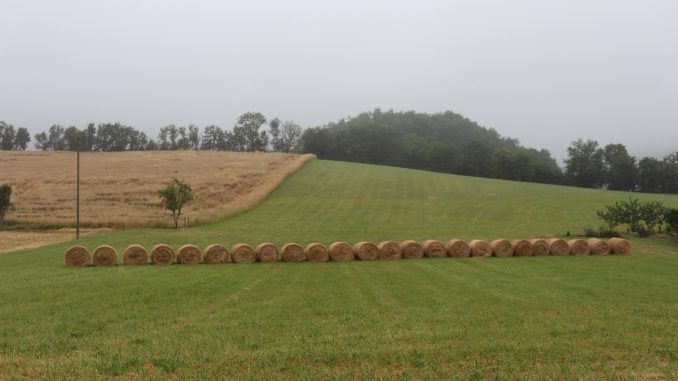
Per unit area, the company claims to capture as much carbon as a rainforest can. “The difference is that when a rainforest tree falls, it sends 97% of the carbon back into the atmosphere, whereas we can sequester it all,” says Raffael Jovine, co-founder of Brilliant Planet.
According to the startup, construction of the first commercial-scale plant, covering 1,000 acres will eliminate 40,000 tons of CO2 per year, roughly equivalent to the emissions of using 92,000 barrels of oil. Early projections indicate that the system could hypothetically remove 2 gigatons of CO2 per year.
According to the World Meteorological Organization (WMO), the fight against climate change involves not only reducing the use of fossil fuels and eliminating other emissions, but also removing CO2 from the air. This is confirmed by the latest report of the Intergovernmental Panel on Climate Change (IPCC), published on April 4, which stresses the need to remove the CO2 emitted into the atmosphere to limit global warming.
The company’s facility pumps seawater from the nearby coast taking advantage of the fact that the water is filled with both the nutrients the algae need to grow and the CO2 that will be captured. When the algae are ready to be harvested – a process that takes between 18 and 30 days – they are filtered out of the water, which is returned to the ocean. This innovative system also makes the water less acidic, helping to solve another problem caused by climate change. Afterwards, the algae are dried and buried under the sand, where the carbon they capture can be permanently stored.
The same source says that this approach also has advantages for the removal of carbon in nature. Especially since it is difficult to measure exactly how much CO2 a forest stores, and the trees could be cut down or lost in a fire.
After similar projects in South Africa and Oman, the startup has been operating its test site in Morocco, leased by the government, for nearly five years to prove that the system works, before launching the production platform, which will be scalable and expected to be operational by 2024.

Be the first to comment